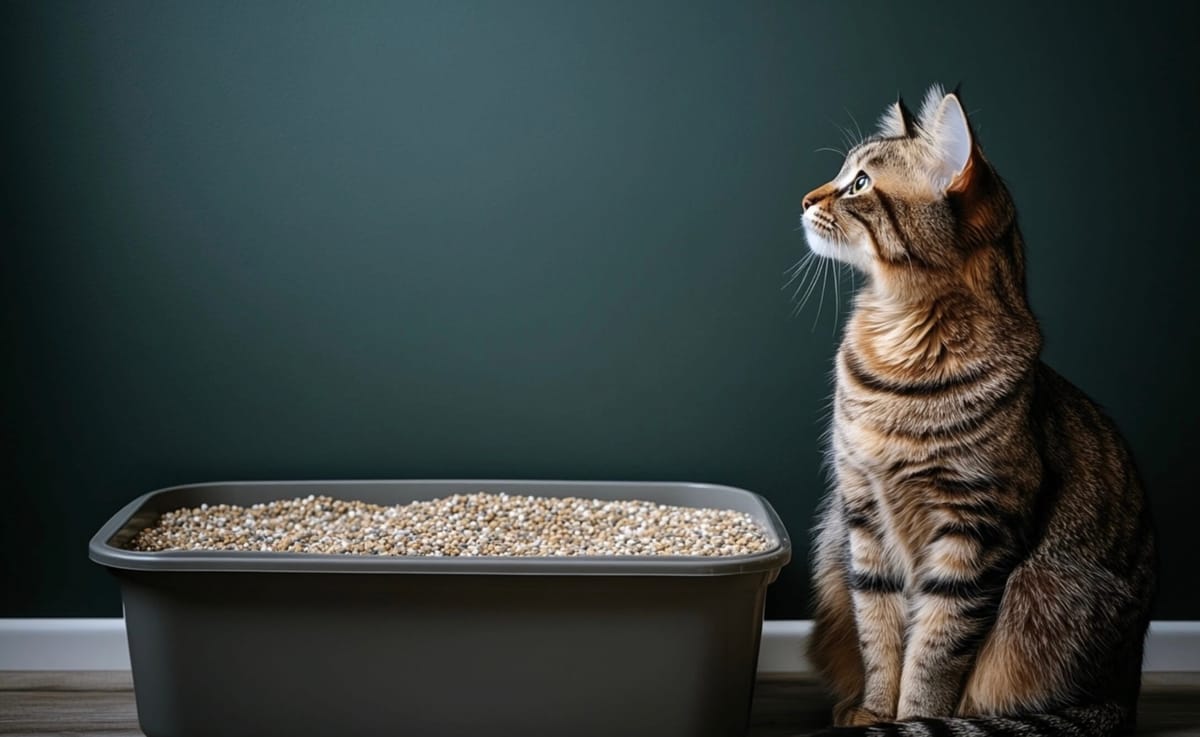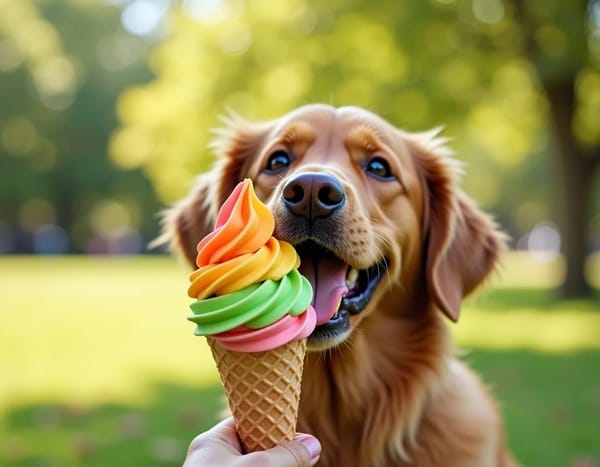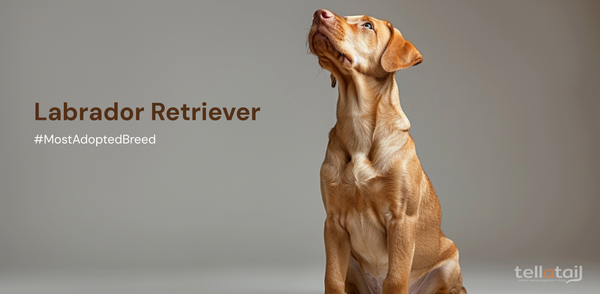Of Clay and Consequence: Mumbai’s Silent Revolution in Feline Waste Management

In the bustling metropolis of Mumbai, a quiet revolution is unfolding, one that may seem small in scale but holds significant implications for the environment and the well-being of our feline friends. This revolution centers around the humblest of household staples: cat litter. For decades, traditional clay-based litters have dominated the market, but their environmental impact is substantial. Now, eco-conscious cat owners are turning to biodegradable alternatives, sparking a movement that could redefine how we manage feline waste.
The Environmental Toll of Traditional Clay Litter
Clay litter, made from bentonite clay, has long been the go-to choice for cat owners worldwide. Its clumping properties make it convenient for scooping and cleaning, but this convenience comes at a cost. The extraction and processing of bentonite clay contribute to soil erosion, habitat destruction, and the release of toxic gases into the atmosphere. Once used, clay litter ends up in landfills, where it remains indefinitely, contributing to the ever-growing waste problem and releasing methane, a potent greenhouse gas.
Moreover, the dust generated by clay litter poses health risks for both humans and cats. Respiratory issues and allergies are common complaints among those who use traditional clay-based products. This environmental and health burden has prompted many to seek out more sustainable solutions.
The Rise of Biodegradable Litter
Biodegradable cat litter offers a compelling alternative to traditional clay-based products. Made from natural materials such as corn, wheat, recycled paper, or wood pulp, these litters are not only eco-friendly but also provide several benefits for cat owners.
- Environmental Sustainability: Biodegradable litters are crafted from renewable resources, reducing the reliance on non-renewable clay. They decompose naturally, eliminating the need for landfill disposal and minimizing waste7.
- Healthier for Cats: Many biodegradable options are dust-free or low-dust, reducing the risk of respiratory issues for cats and their owners.
- Convenience: Some biodegradable litters are flushable, simplifying disposal and reducing waste further.
- Odor Control: Biodegradable litters often feature effective odor-locking technologies, keeping homes smelling fresh.
Mumbai’s Eco-Friendly Innovations
In Mumbai, several startups and companies are pioneering the shift towards eco-friendly pet products. For instance, products like M-PETS Bamboo Organic & Biodegradable Cat Litter are gaining popularity for their natural, antibacterial properties and minimal environmental impact. This trend reflects a broader movement towards sustainability in pet care, driven by consumer demand for environmentally responsible products.
The Impact of Eco-Friendly Choices
The decision to switch to biodegradable cat litter is not just a personal choice; it has broader implications for the environment and community. By opting for sustainable products, consumers are supporting companies that prioritize environmental stewardship. This shift can influence market trends, encouraging more businesses to adopt eco-friendly practices.
Moreover, the use of biodegradable litter aligns with global efforts to reduce plastic and non-biodegradable waste. As cities like Mumbai grapple with the challenges of waste management, innovative solutions in pet care can serve as a model for other industries.
Challenges and Opportunities
While biodegradable litters offer numerous benefits, there are challenges to widespread adoption:
- Cost: Biodegradable litters are often more expensive than traditional clay-based options, which can be a barrier for many consumers.
- Availability: In some regions, biodegradable litters may not be as readily available as traditional products, limiting accessibility.
- Consumer Awareness: Raising awareness about the environmental and health benefits of biodegradable litters is crucial for driving demand and encouraging more companies to enter the market.
Despite these challenges, the opportunities for growth are significant. As consumers become more environmentally conscious, the demand for sustainable pet products is likely to increase. This trend presents a chance for businesses to innovate and expand their offerings in the eco-friendly sector.
Conclusion
The shift towards biodegradable cat litter in Mumbai reflects a broader cultural shift towards sustainability. As consumers, we have the power to influence market trends and support environmentally responsible practices. By choosing eco-friendly products, we not only improve the health and well-being of our pets but also contribute to a more sustainable future.
In the context of feline waste management, this revolution is not just about replacing one type of litter with another; it's about reimagining how we care for our pets and the planet. As we move forward, embracing innovations like biodegradable litter will be crucial in creating a healthier, more sustainable world for all.
#Biodegradable-Litter, #Eco-Clay, #Sustainable-PetCare, #Environmental-Impact, #Feline-Health




